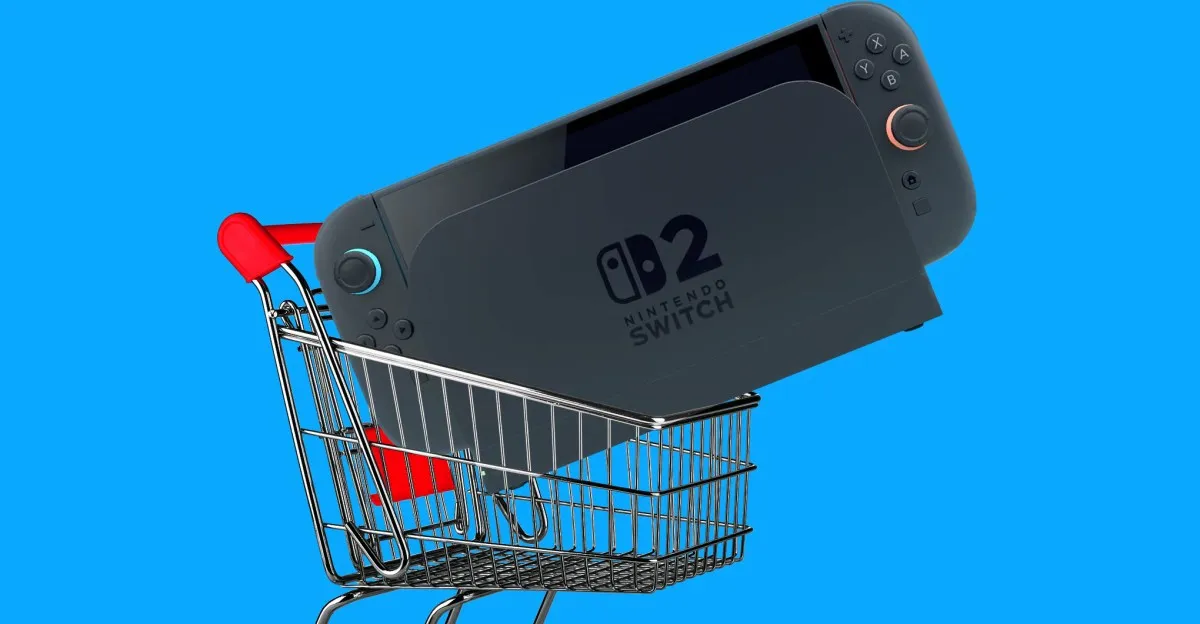
When Nintendo announced that the highly anticipated Switch 2 would be priced at $450, my initial reaction was one of disappointment. I couldn’t help but wonder, “Why does it cost so much more?” My thoughts turned to envy when I discovered that a Japan-exclusive model would retail for just ¥49,980, equivalent to around $333. It seemed as though Nintendo was preparing to overcharge the rest of the world for what I perceived to be a modest upgrade from the original $300 console, particularly considering that the new model lacks an OLED display or the advanced anti-drift magnetic sticks. How could it possibly cost Nintendo so much more to produce, especially when they were selling the same hardware for significantly less in Japan?
While I initially viewed Nintendo's pricing strategy as unfair to gamers outside Japan, my perspective has shifted. The $450 price tag makes more sense when we consider the economic changes that have occurred since the original Switch launched on March 3, 2017. Since its debut, Nintendo has kept the price of the original Switch constant, both in the United States and Japan. In 2017, the portable console was priced at $300 USD or ¥32,378; today, it remains at $300 USD and has only slightly increased to ¥32,978 in Japan. However, the economic landscapes of the US and Japan have diverged significantly over the past eight years.
In the US, the dollar has depreciated due to rampant inflation, meaning that an original $300 Switch would now cost nearly $400 if introduced today. Conversely, Japan has traditionally experienced low inflation rates, which means that a ¥32,378 Switch would be priced closer to ¥36,000 today had they followed the inflation trend.
The disparity in pricing can also be attributed to exchange rate fluctuations. For instance, on January 13, 2017, you could exchange 114 yen for one US dollar. Fast forward to April 2, 2025, when Nintendo announced the Switch 2, and that same dollar was worth around 150 yen. This means that the US dollar now holds significantly more value in Japan than it did in 2017. As a result, each dollar buys approximately 30 percent more in Japan now, leading to a stronger economic impact on pricing.
Moreover, Japan is currently experiencing an uptick in tourism due to the weak yen. This has created a unique situation where scenic locations are becoming overcrowded with tourists, leading to newsworthy incidents like a small town near Mount Fuji erecting barriers to manage the influx of visitors trying to recreate iconic Instagram shots. While tourists enjoy favorable exchange rates, local Japanese residents face rising food prices, and their wages have reportedly not kept pace with these increases.
It’s misleading to simply state that Japan pays $333 for the Switch 2 while the US pays $450. Both the Japanese and international models represent nearly a 50 percent price increase from the original Switch. Specifically, the jump from $300 to $450 is exactly a 50 percent rise, while the increase from ¥32,978 to ¥49,980 reflects a 51.6 percent increase.
This suggests that Nintendo’s pricing strategy is not necessarily designed to circumvent tariffs, but is likely a reflection of current economic conditions. As one Tokyo-based game streamer succinctly put it, “Salaries and cost of living haven’t changed at all here, so ¥49,980 feels like $450 USD.”
A thought experiment reveals that if exchange rates were as they were in 2017, the Japan-only Switch 2 would cost approximately $434 in US currency. If the dollar were to drop to 111 yen or below, as it did during various periods from 2018 to 2021, the Switch 2 would cost $450 in Japan. If Nintendo determined that a 50 percent increase over the original Switch was appropriate, it follows that the US model would carry a similar markup.
Moreover, the region lock on the Switch 2, which has drawn criticism, might be a strategic move to prevent international scalpers from taking advantage of the weak yen. This is particularly relevant given the recent reports of scalping in Japan's retro game stores.
However, the core question remains: can Nintendo justify a 50 percent price increase for a new handheld console eight years after the original launch? While inflation data may support a price point closer to $400, it appears that Nintendo feels confident in pricing the Switch 2 at $450 due to a lack of competition. With no immediate plans from Sony or Microsoft to release true handheld devices, and with handheld PC manufacturers struggling to compete with the Steam Deck, Nintendo may feel secure in its pricing.
Even though the PS5 is available in the US for under $450, the situation is different in Japan. The cheapest PS5 Digital Edition now retails for ¥72,980, which is 46 percent more than the new Japan-only Switch 2. Similarly, the cheapest Steam Deck model costs 20 percent more than the Switch 2 at ¥59,800 for the 256GB LCD version. This unique market dynamic allows the Switch to stand out.
Interestingly, the gamer community in Japan seems to have received the price positively, with many expressing gratitude towards Nintendo. As reported by Automaton, the general sentiment among Japanese gamers has been, “Thank you Nintendo, please become the ruling party of our country next.” In contrast, the sentiment in the US is more mixed; however, the pricing now appears more justifiable when viewed through the lens of economic factors.
Lastly, with President Donald Trump granting companies like Nintendo a 90-day reprieve from various tariffs—covering the June 5th launch of the Switch 2—Nintendo might be in a position to maintain its initial pricing strategy. This could mean that today’s $450 price tag may eventually be seen as quite generous in retrospect.